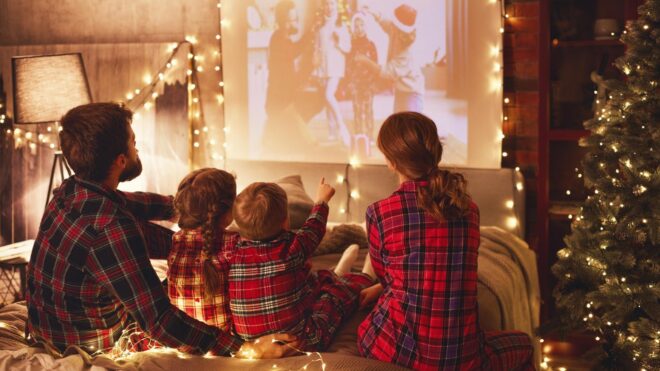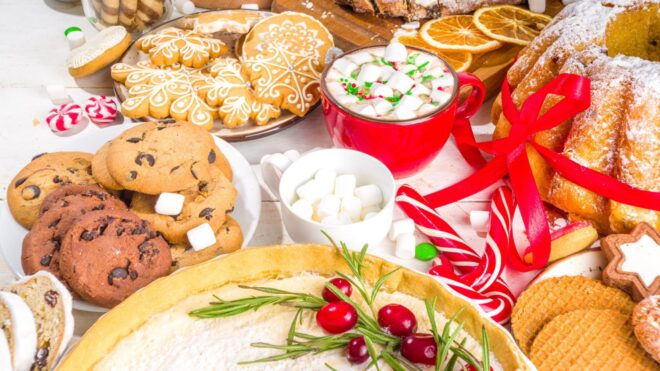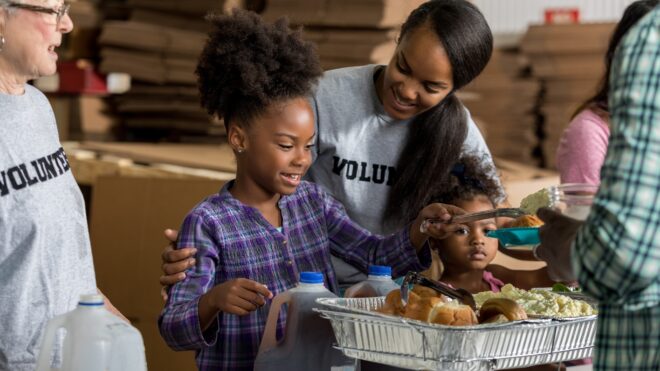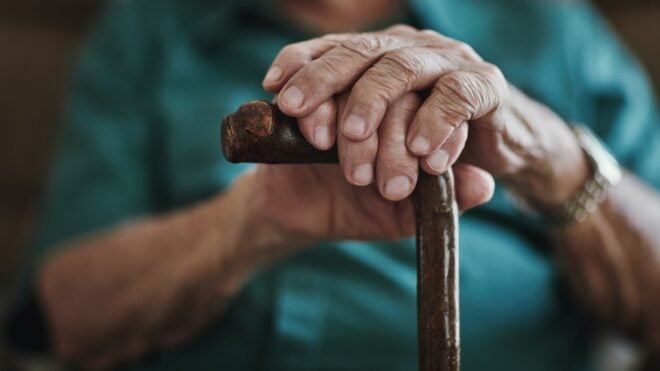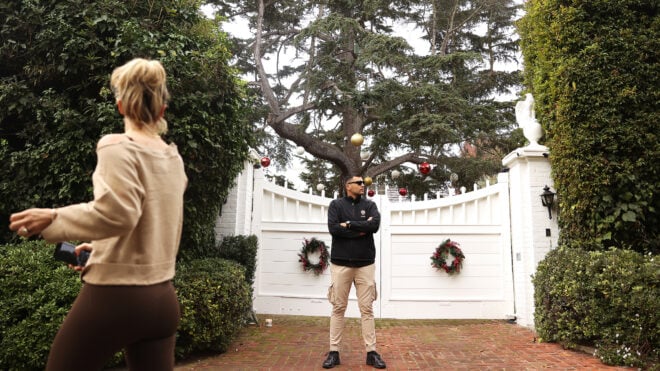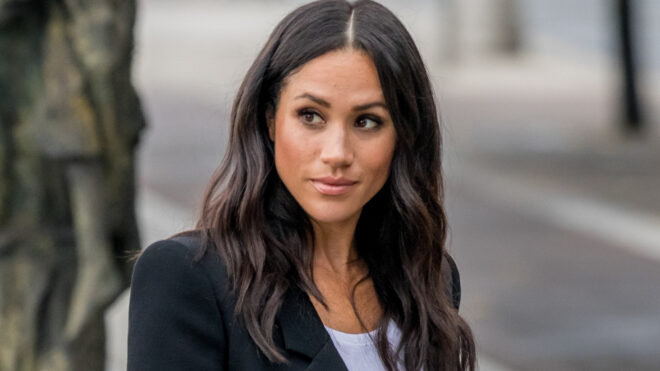
Back when I was growing up, I felt somewhat powerless. It was likely because as a kid, I didn't have too many resources to make a big difference. It was hard to volunteer without a license and car, and it was also hard to be taken seriously.
Luckily, things have changed since. With the internet, kids are more plugged into what's happening in the world. And plenty of virtual volunteering options are available. Sometimes, even spreading the word about a cause you love is a step in the right direction.
Kids also aren't afraid to be outspoken. They know that the squeaky wheel gets the grease, so they've built up the courage to openly talk about and discuss the issues that plague our world today. After witnessing the Marjory Stoneman Douglas High School massacre, several advocates emerged — including X González (formerly known as Emma), Cameron Kasky, Jaclyn Corin, David Hogg, and Alex Wind. Immediately after witnessing something devastating, they fought to make change and organized a march.
That's just one example. Here are other ways that children are making a huge difference.
1. Children are starting to attend more rallies.
In June 2020, the Black Lives Matter movement was in full swing. After the murder of George Floyd, several activists got out on the streets to protest. One of the protesters who caught the most attention was a young girl who was passionate in her statement of "No justice, no peace." Her clip went viral, and it was powerful. This was a young woman who already knew that change needed to happen.
She wasn't the only one to attend a rally or a protest. While some parents may feel nervous about bringing children to a protest, peaceful protests are normally a safe environment. They're filled with plenty of excellent role models who understand that activism is a great way to make societal change. These topics are no longer seen as just for adults — especially since they often affect the communities our children live in.
2. They're not sweeping away racism.
It's upsetting to know how many of us had a whitewashed education. By not being honest about our true American history, we're doing everyone a disservice. Learning the truth should be eye-opening for everyone. But it's children who are doing their part to get the full educations they deserve. Kindergartner Nyemah Greenhouse is one of those who cares about getting rid of class assignments that rely on racist stereotypes.
For an assignment she received back in 2016, she was told to "dress like an Indian." This, in itself, is something that should have never been part of an elementary school curriculum, and dressing up as a culture should never be appropriate, no matter which culture it is. Instead, she dressed up as a protester for the Dakota Access Pipeline, wearing a shirt that said "Water Is Life." She took the assignment to represent what's actually happening in the world today, and hopefully her teacher chose to change the outdated and hurtful curriculum for good.
3. They're broadcasting their own experiences.
As mentioned prior, it used to be tough for a child to have a platform. But now, with social media, anything is possible. Take 12-year-old Bana Alabed. Bana is a Syrian refugee who, years ago, had to face a world of war and hunger. That's the type of experience many kids may only read about in a book later on.
But Bana made the account a personal one. While her family was able to escape to Turkey, she ended up writing a book about her whole experience to reach more children. Dear World: A Syrian Girl’s Story of War and Plea for Peace was released back in 2018, detailing all she had been through so far in her young life. Young activists like Bana help remind others that there's a big world out there, and that for some, multiple days can pass without necessary resources. In hearing her story, she's also encouraging other children to research crises that other kids around the world may be facing.
4. They're not afraid to contact political offices to make change.
There may have been times when you sent a prewritten letter to your congressperson in regard to a small issue. Since all you need to do is sign your name, it's an easy way to feel like you're making a difference.
But kids today are taking it one step further. One of the best examples is Mari Copeny, who famously got in touch with President Barack Obama back in 2016. At the time, Mari was only 8 years old.
She inspired him to visit Flint, Michigan, and try to make change when it came to clean drinking water. Since then, she hasn't given up in making Flint a better place to live. Each year, she tries to raise money for those without and aims to make the world a better place. Right now she's 13 and hopes to be president herself one day. It's hard to imagine that her personal correspondence with Obama didn't help fuel her own interest in politics.
5. They're using technology to make change easier and more accessible.
These days, it's pretty common for kids to take classes in coding — and more women are encouraged to try STEM programs, focusing on science, technology, and engineering now more than ever. That means that kids are also starting to learn how to create apps and programs that can share important information and make things easier for their community.
Just look at 17-year-old Aryaman Khandelwal, who visited a poverty-stricken town in India and did what he could to connect people to the resources they needed. He worked alongside a health care group called MAHAN Trust and developed an app called Get2Greater, which residents can use to keep better track of their medical records. The app helped medical staff members save a lot of time that they then used to treat the community.
6. They're not accepting 'This is how it's always done' as an answer.
A lot of people fear getting sick or injured — and not just because of the hit it'll take on their immune system. Many people simply can't afford a stay in the hospital. Even with insurance, bills are often astronomical. While bigger change needs to be made, kids are trying hard to take action any way they can.
Easton LaChappelle may be in his mid-20s at the moment, but he was one of the first to realize that 3D printers could make more affordable prostheses. Even as a teenager, he was taken aback by how much they cost. Instead of just accepting it, he thought up a solution and also got the world more interested in the advancements that a 3D printer could make. When faced with a hard task, he — as a teenager — found the perfect solution. Now he's well known in the industry, and it'll be fascinating to see what he dreams up next.
7. They aren't taking the environment for granted.
A lot of us who grew up in the '90s remember the public service announcements about cutting up the plastic rings that aluminum cans often came in. And we did — the thought of accidentally killing or trapping fish and polluting the oceans was enough to take that small action.
Kids today are more aware of environmental struggles on a global scale. For example, take friends Alex Weber and Jack Johnston, who at the age of 17 realized that golf balls were starting to clog up Pebble Beach in California. They chose to take action by founding a nonprofit called The Plastic Pickup, which has helped scoop up over 20,000 golf balls so far.
8. They believe in more sustainable food.
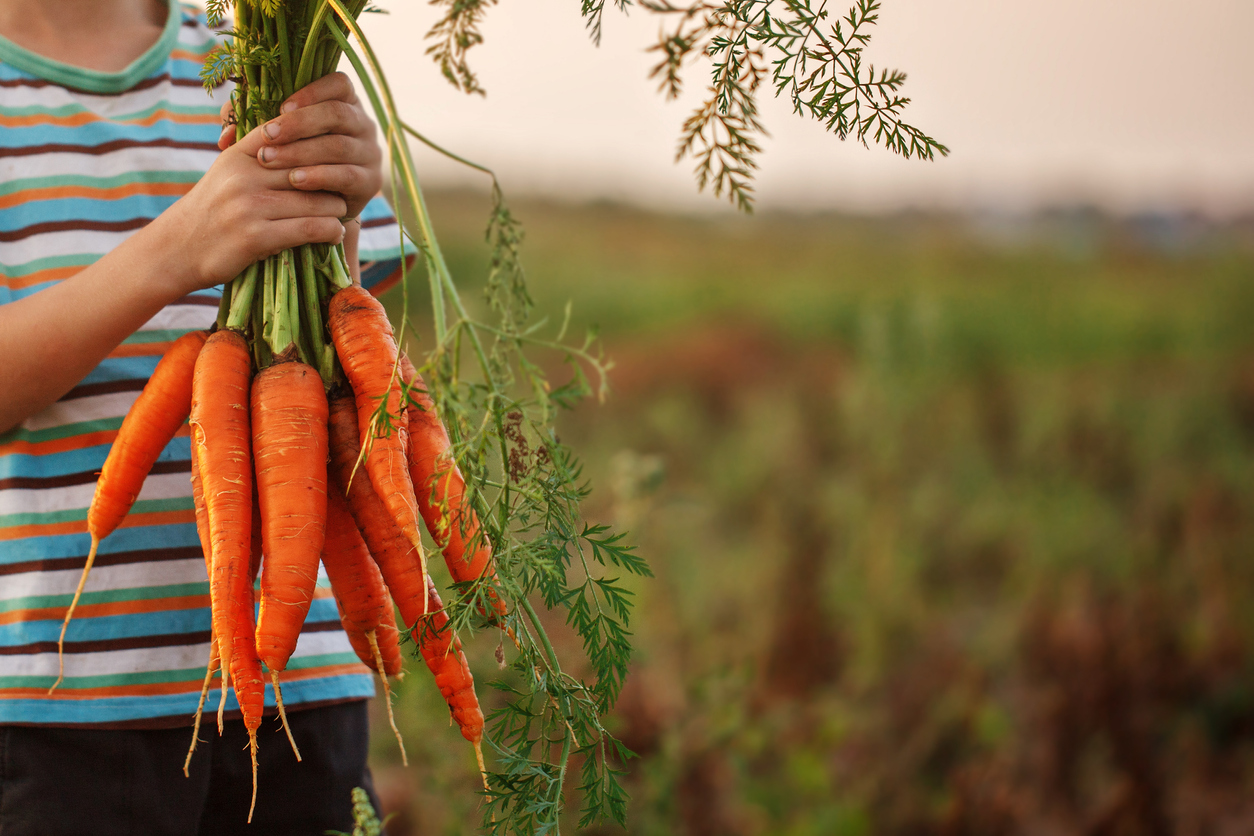
It's nice to live in a time where plant-based food options are becoming far more popular. These aren't just popular choices for animal lovers — it's also important to help save the environment. There's a huge environmental impact caused by meat production, with a UC Davis study stating that a single cow can belch 220 pounds of methane. Depending more on vegetables isn't only healthy but a good way to make an impact on our planet. And kids are becoming more aware of the impact of these food choices.
Many young activists, like Sophie Bernstein, are also working hard to bring fresh produce to those in need. Sophie started up a nonprofit called GrowHealthy, which aims to make fresh veggies plentiful in areas without. Already, Sophie has set up 45 vegetable gardens at places like low-income child care centers to make sure everyone is able to access freshly grown food.

